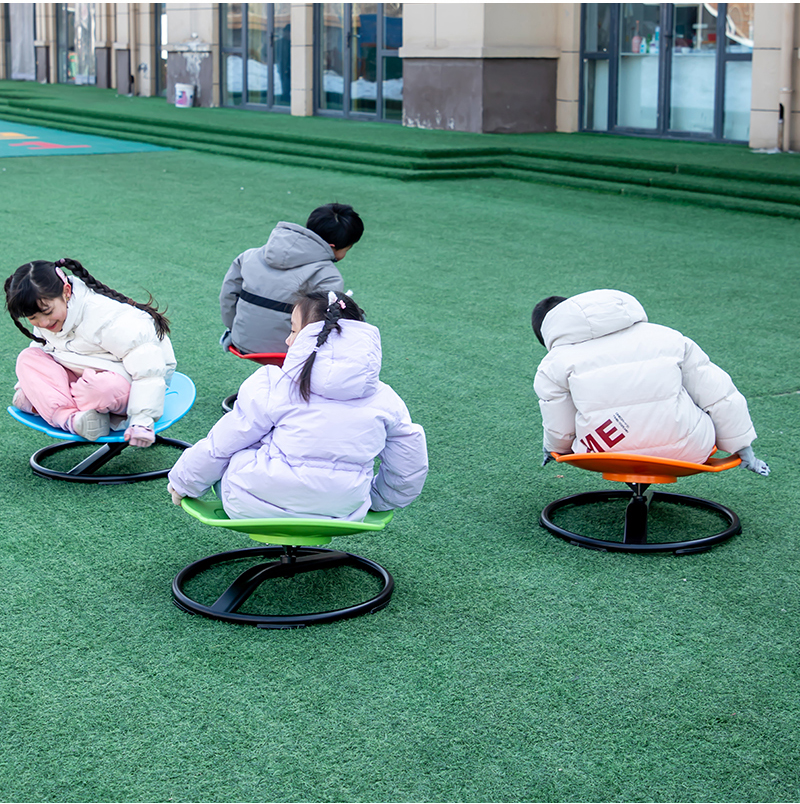Kids' Future The Rise of Three-Wheeled Scooters in the 2000s
As we venture into the 21st century, the landscape of children's play and mobility is rapidly transforming. One of the most significant trends shaping this era is the rise of three-wheeled scooters. The late 1990s and early 2000s witnessed a surge in the popularity of these intuitive and stable ride-on toys, captivating the imaginations of kids around the globe. This cultural shift not only reflects changing consumer preferences but also represents a broader evolution in how children engage with the world around them.
A New Era of Mobility
Three-wheeled scooters, distinguished by their unique design which includes a sturdy two-wheeled rear and one front wheel, offer a far safer and more stable riding experience compared to traditional two-wheeled scooters. This design innovation caters to a demographic that is looking for both excitement and security in their play. As children increasingly seek out outdoor activities, these scooters have become an accessible way for them to experience speed and freedom while ensuring they are safe from falls and accidents.
The early 2000s marked a transformative period when parents began to search for toys that could also facilitate transportation. The introduction of these three-wheeled vehicles allowed kids to navigate their neighborhoods with ease, offering an alternative to biking, which often required more learned skills. This shift provided a new avenue for children to engage with their environment, encouraging exploration and independence.
Enhancing Physical Activity
In an age where screens dominate children's leisure time, the introduction of the three-wheeled scooter also encourages physical activity. Riding a scooter incorporates balance, coordination, and cardiovascular exercise, promoting a health-oriented lifestyle among youth. Kids relish the thrill of speed while tacitly participating in exercise; what feels like play is, in reality, a beneficial workout.
Many parents began to appreciate the importance of physical activity during the 2000s, which coincided with increasing awareness of health-related issues such as childhood obesity. As a result, products that merged physical exertion with fun quickly became favored choices in family purchases. The three-wheeled scooter addresses this need by combining joy with an active lifestyle, making it a hit not just for children but for health-conscious parents as well.
kids future 2000s three wheeled scooter

A Community-Building Tool
Beyond enhancing physical activity, three-wheeled scooters also function as instruments for social interaction. Children who ride scooters often do so in groups, fostering friendships and community bonds. The simple act of riding together can lead to the formation of lasting relationships, as kids share experiences, races, and adventures. Within neighborhoods, it is not uncommon to witness groups of children zipping around, their laughter echoing as they navigate the streets and parks together.
Interestingly, the communities formed through shared interests contribute to a broader sense of belonging and cohesion among families. This social aspect highlights the importance of outdoor play in child development, providing opportunities for teamwork, communication, and shared joy.
Safety Features and Technological Advancements
Manufacturers in the 2000s began to focus heavily on safety features in three-wheeled scooters, melding innovative designs with the latest technology. Many models incorporated non-slip decks, robust braking systems, and reinforced frames to enhance safety. By implementing bright colors and eye-catching designs, brands not only made these scooters visually appealing but also ensured that children remained visible during rides. Subsequently, the introduction of electric three-wheeled scooters added an extra layer of excitement, combining the thrill of traditional riding with the intrigue of modern technology.
Conclusion The Legacy of Three-Wheeled Scooters
The three-wheeled scooter of the 2000s is more than just a mode of transportation; it signifies a pivotal transition in how children interact with their environment and peers. Through promoting physical activity, encouraging social interaction, and focusing on safety, these scooters encapsulate the essence of childhood joy and exploration. As we move further into the future, the legacy of the three-wheeled scooter will undoubtedly continue to inspire the next generation of children to embrace play, adventure, and community in their daily lives. The cultural significance and practicality of these scooters reaffirm that, sometimes, the simplest inventions have the most profound impact on our development.
-

 Scoot&RideKids Child Kick Push Scooter 3 Wheels with LED Flashing Tilt Lean Boys Girls Scooter
Scoot&RideKids Child Kick Push Scooter 3 Wheels with LED Flashing Tilt Lean Boys Girls Scooter




- 4
$33.17 -

 Scoot&RideKids Scooter Child Kick Flashing LED Light Up 3 Wheel Push Adjustable Folding 3
Scoot&RideKids Scooter Child Kick Flashing LED Light Up 3 Wheel Push Adjustable Folding 3- 0
$25.52 -

 Scoot&RideKids Scooter Child Kick Flashing LED Light Up 3 Wheel Push Adjustable Folding 2
Scoot&RideKids Scooter Child Kick Flashing LED Light Up 3 Wheel Push Adjustable Folding 2- 0
$33.17 -

 Scoot&RideKids Scooter Teens Foldable Kick Push Scooter Adjustable Height Safe 2 Wheels
Scoot&RideKids Scooter Teens Foldable Kick Push Scooter Adjustable Height Safe 2 Wheels




- 4
$49.99
Meet our partners and discover what powers their creativity!
When you register for a Lohas scooter, you will receive a 10% discount on your first order and can be notified of sales, new product launches and other offers in advance.









